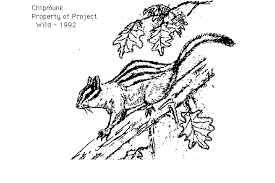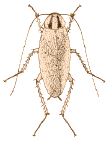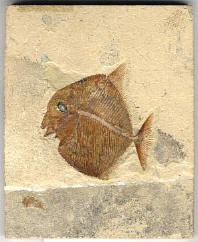
William Smith was
a surveyor, canal builder, and amateur geologist from England
- 1815 Smith produces a geologic map of England in
which demonstrates the principle of faunal succession
- this principle states that fossils are found in rocks in a very definite
order
- this principle led others that followed to use fossils to define
increments
within a relative time scale
- eon, era, period, epoch, age
- the Phanerozoic Eon is the time during which the
majority of macroscopic organisms, algal, fungal, plant and animal, lived
- when first proposed as a division of geologic time, the beginning of the
Phanerozoic (approximately 543 million years ago) was thought to coincide
with the
beginning of life
- this eon coincides with the appearance of animals that evolved
external skeletons, like shells, and the somewhat later animals that
formed internal skeletons, such as the bony elements of
vertebrates
- the time before the Phanerozoic is referred to as the
Precambrian,
- what qualifies as an "eon" or "era" varies somewhat depending on whom
you talk to
- Precambrian is
usually divided into the three "eras" shown in the side
figure
- the Phanerozoic also
consists of three ERAS ...the Cenozoic, the Mesozoic,
and the Paleozoic Eras
- Zoic" part of the word comes from
the root "zoo" which means animal - "Cen" means recent, "Meso" means
middle, and "Paleo" means ancient.
- these divisions reflect major changes in
the composition of ancient faunas,
each era being recognized by its domination by a particular group of
animals.
 
- the
Cenozoic (recent)
has sometimes been called the
"Age of
Mammals"

- the
Mesozoic ( middle)
the "Age of Dinosaurs"
- the
Paleozoic (ancient)
the
"Age of Fishes".
- other groups of animals lived during the
Mesozoic such as mammals, turtles, crocodiles, frogs, and countless
varieties of insects also lived on land.
- there were many kinds of plants living in the past that no longer live
today.
- ancient floras went through great changes
too, and not always at the same times that the animal groups changed.

- the appearance of trilobites in the
fossil record marks the boundary between the Proterozoic and Cambrian
after which there appears to be an explosion in the diversity of
life forms
Next>>>>>>
|





